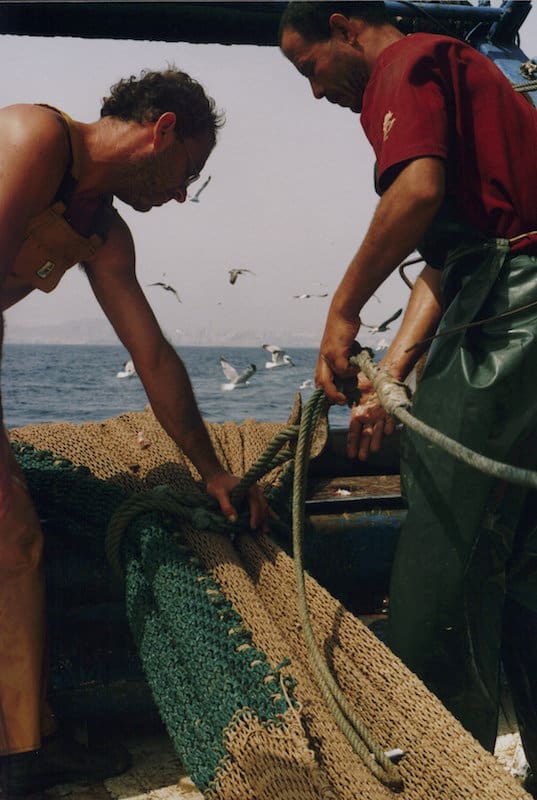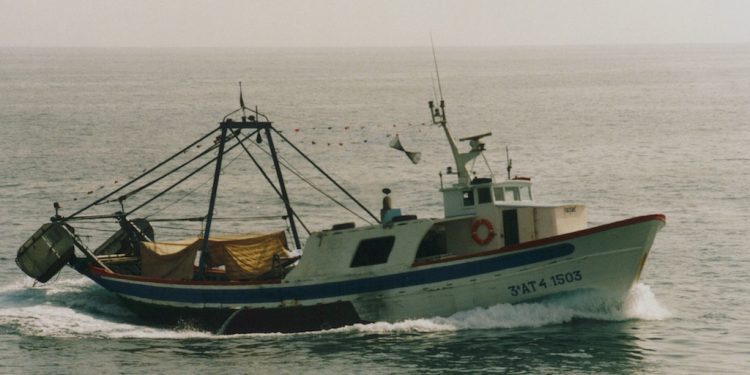The General Fisheries Commission for the Mediterranean (GFCM) of the Food and Agriculture Organization of the United Nations (FAO) has unveiled MedSea4Fish – an ambitious long-term programme expected to serve as a blueprint for making fisheries in the Mediterranean Sea more sustainable.
MedSea4Fish aims to better equip and skill over 20 GFCM countries as well as spur actions at the national, subregional and regional levels so that the GFCM and its partners can continue turning the corner on overexploitation in the Mediterranean Sea.
The MedSea4Fish guiding document was endorsed at the twenty-third session of the GFCM Scientific Advisory Committee on Fisheries (SAC), an annual meeting. 110 participants attended the SAC session (21–24 June), including scientists, government representatives and other partners from across the Mediterranean.

‘The FAO Blue Transformation vision aims to expand sustainable aquaculture, improve fisheries management and develop fish value chains to ensure the sector contributes more effectively to food security and nutrition, as well as livelihoods. MedSea4Fish is well aligned to this initiative, and will contribute to our desire to have all fishery resources under effective management,’ said Manuel Barange, Director of FAO’s Fisheries and Aquaculture Division and GFCM acting Executive Secretary.
‘The European Commission is a staunch supporter of the MedSea4Fish programme. Critical fish stock levels have improved in recent years, offering a glimmer of hope: if we bolster our efforts, we can manage the Mediterranean precious marine resources better. We have no doubt that MedSea4Fish will be vital for reaching sustainable fisheries in the region,’ said Valerie Lainé, Head of the European Union Delegation to the GFCM.
Mediterranean fisheries have been under pressure due to increased pollution from human activities, habitat degradation, the introduction of non-indigenous species, overfishing and climate change.
After decades of concerning trends, the latest data has raised hopes for the recovery of the region’s vital fish stocks. According to the GFCM report The State of Mediterranean and Black Sea Fisheries 2020, while 75 % of fish stocks remain subject to overfishing, this figure dropped by more than 10% between 2014 and 2018. Exploitation ratios are down by a similar proportion.
GFCM countries are doubling down on their efforts to continue turning the tide against overfishing, and as part of these efforts, have recently adopted a significant number of fishery-related decisions and management plans.
MedSea4Fish builds on lessons learnt by the GFCM in providing technical assistance and organising capacity-building activities over the last decade as well as on the BlackSea4Fish project. It is guided by the GFCM 2030 Strategy and GFCM’s over 80 decisions on fisheries management.
The programme will provide an avenue to identify and promote best practices in the region, enabling countries to share their expertise and become go-to places for best practices on aspects ranging from collecting basic data on fisheries to managing bycatch or facing climate change.
Capacity development will be at the core of MedSea4Fish. Specifically, MedSea4Fish will focus on improving monitoring of fisheries and ecosystems, training, and enhancing infrastructures.
‘Monitoring and training are not new to the GFCM, but MedSea4Fish is taking these to the next level. We will pull out all the stops so that monitoring is done in an integrated way. For example, integrated surveys that provide information on the status of resources and vulnerable species, but also marine litter, non-indigenous species and climate change. Training will also expand,’ said Miguel Bernal, GFCM Senior Fishery Officer.
‘The infrastructure component is new and it comes in response to countries’ needs. Improving infrastructure can mean different things – from providing standard nets for scientific surveys, upgrading port facilities, testing or using more selective fishing gear or scaling up the use of new technologies. Decisions on infrastructure will consider the long-term and sustainable use of the equipment, goods or site being improved.’









